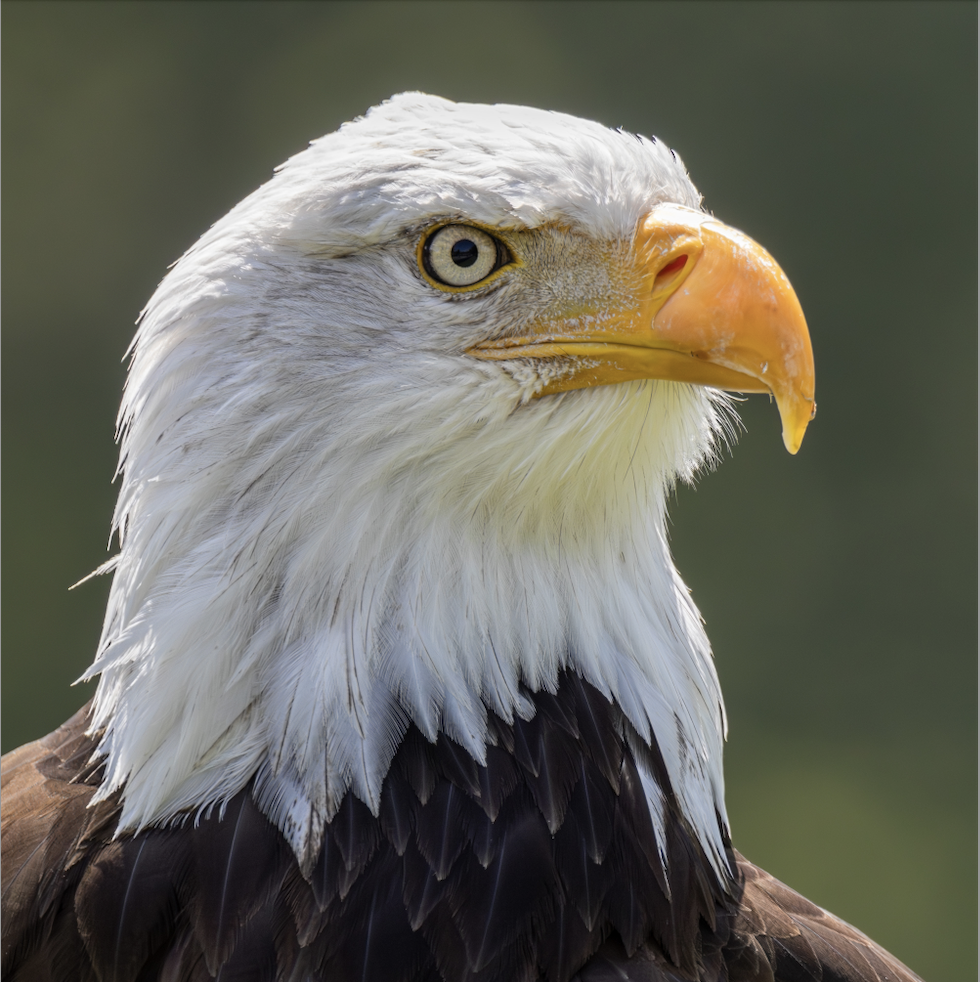I’ve not tried much, but it has worked for me from a normal Gmail address.
Whereas most races are content to evolve slowly and carefully over thousands of generations, discarding a prehensile toe here, nervously hazarding another nostril there, the Haggunenons would have done for Charles Darwin what a squadron of Arcturan Stunt Apples would have done for Sir Isaac Newton.
- 1 Post
- 43 Comments

 4·8 months ago
4·8 months agoIs this what it looked like to your eyes, or is this the result of a night setting on your phone?

 2·9 months ago
2·9 months agoThanks so much for the recommendation! I really enjoyed reading this. Here is a copy of my comment that I posted over there:
What a fascinating read! I really appreciate you sharing it. Ed Yong has a great book, An Immense World, all about various types of animal senses, and in the chapter on sound, he talks about this very owl. I was surprised when reading your post that it was Roger Payne’s work, but upon reviewing the chapter in An Immense World I saw that it was, in fact, him. I am familiar with Payne from his work with whales, many people credit him and his work with humpback whales songs as the reason that neatly the whole world has stopped whaling. With good reason, he produced an album of whale songs that changed the way the world saw them.
Ed Yong’s book is incredible, and I highly recommend it, he goes into detail about the senses we are generally acustomed to, but also some more uncommon ones like electro-reception. Here are a couple interesting bits from the section where he writes about the remarkable hearing of owls.
A great gray owl can pluck a lemming from within its snow-covered tunnel or accurately bust through the roof of a gopher burrow, solely by listening to the chewing or scurrying sounds coming from beneath the ground. These feats are remarkable, and they hint at why hearing can be such a useful sense.
…
But hunting by sound has one ma jor disadvantage-interference. A vissually guided predator like an eagle doesn’t emit light when it moves, but an owl can’t help but make noise with its own wingbeats. Those noises, which are close to the owl’s ears, could potentially drown out the faint and distant sounds of its prey. Fortunately, the owl has soft feathers on its body and serrated edges on its wings that make its flight almost imperceptibly quiet. The noise it does make is mostly below the range to which its ears are most sensitive and below the lower limit of what small rodents can hear.
So generally, an animal’s hearing pretty much overlaps with the frequencies of sound that it makes, but in this case it is an advantage to not be tuned to the frequency that the owl’s own features makes. I believe it was elsewhere in this same book where Ed Yong talks about a bird that is unable to hear it’s own song, the thought being that this particular bird’s insect prey was able to hear the sound and this somehow aided in hunting. I don’t remember the specifics, and if memory serves, it’s not entirely known why it would be like this.
The chapter goes on to mention that barn owl’s are not even the animal with the best hearing like this. There is a fly that is specifically tuned to the sound of male crickets:
Most tachinids track their victims through sight or smell, but Ormia ochracea-a yellow, half-inch-long species that’s found throughout the Americas, uses sound. Like female crickets, it listens out for the song of a male. Homing in on those dulcet thrrrrps, it lands either on or near the singer and deposits maggots. These burrow into the cricket and slowly devour him from within.
He says that the Ormia can detect the position of a cricket to 1 degree. The Ormia is so efficient that it has actually led to some male crickets evolving out of using mating songs and leaving the females of the species to have to find males just by stumbling across them.

 26·9 months ago
26·9 months agoWe’ve got a community about animal acoustic communication for anyone interested

 13·9 months ago
13·9 months agoI’m pretty sure that in Israel, joining the military is not a choice.
SponsorBlock - for anyone interested in taking their ad blocking hobby to the next level.

 41·1 year ago
41·1 year agoMixtral is an amazing one that isn’t super slow or require incredible hardware foe a decent speed.
In general this guy has really good videos/tutorials for the latest tools.
Incredible! Where is this? Are these red crowned cranes?
The main things that stuck in my head after all those years was that stuff like assault, rape, murder, torture, entertainment-based animal abuse all used to be much worse. He said that people used to nail cats to posts around town so they would flail around until they died, just for the hell of it. I never fact-checked these claims.
Thanks for the information, I had no idea that Pinker had such an anti-following. I’ve not read or even thought about him in years. I just vaguely remembered that that book did a lot to make me more thankful for the current state of things compared to how they used to be. I appreciate you letting me know that he is such a questionable fellow.
The Amazon reviews are really bad. If anyone is looking for a book with this same idea, The Better Angels of Our Nature: Why Violence Has Declined by Steven Pinker is really great.

 11·1 year ago
11·1 year agodeleted by creator

 5·1 year ago
5·1 year agoSo far as I know they are great, I mean it is a concern of theirs. They do some cool stuff, they have a fairly active discord with quite a bit in it.

 7·1 year ago
7·1 year agoYeah, exploitation like this is a big concern in the digital bioacoustics community with groups like Earth Species Project.

 3·1 year ago
3·1 year agoHere is an elephant translator:
https://www.helloinelephant.com/
I dont think its great or anything, a bit of a gimmick. Really, the most decoded animal language is probably prairie dogs, but I’ve not heard of anyone trying to make a translator for it.

 661·1 year ago
661·1 year agoThis is big news! We’ve got a lemmy community specifically about Digital Bioacoustics (technology and animal communication) for anyone interested.

 4·1 year ago
4·1 year agoAwesome. Any idea what the name of her headset is?

 1·1 year ago
1·1 year agoYep, use it, love it. I just have a bunch of alerts set up for any new articles that include search phrases in my areas of interest, mainly bioacoustics stuff so I can post any new relevant articles or papers on digitalbioacoustics@lemmy.world





For anyone interested, we have a community about this! !digitalbioacoustics@lemmy.world